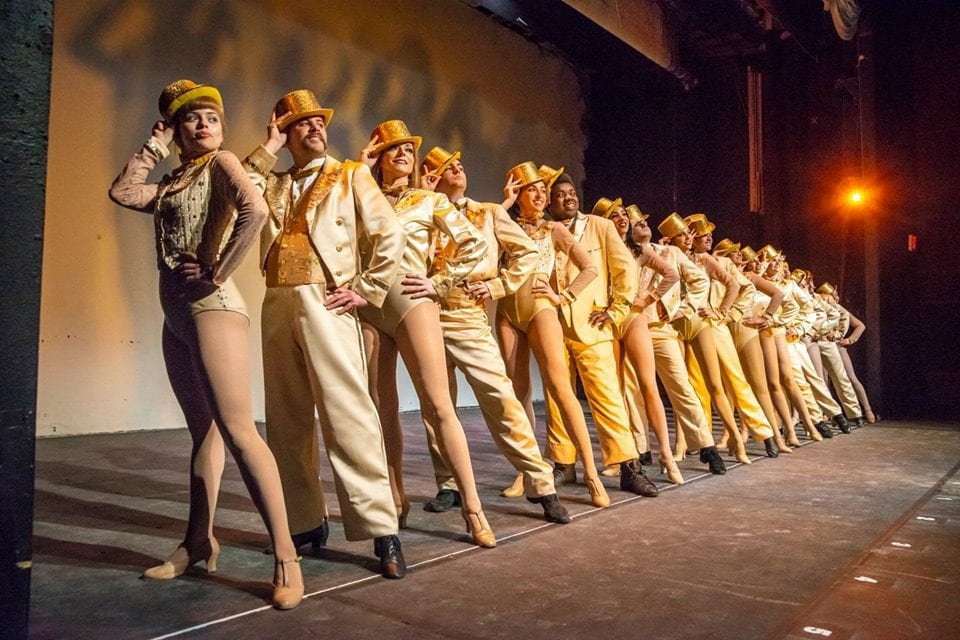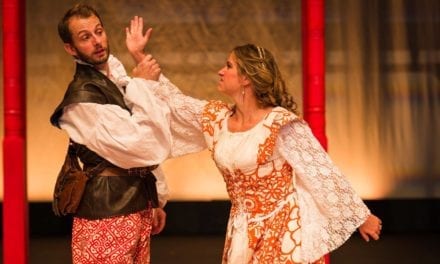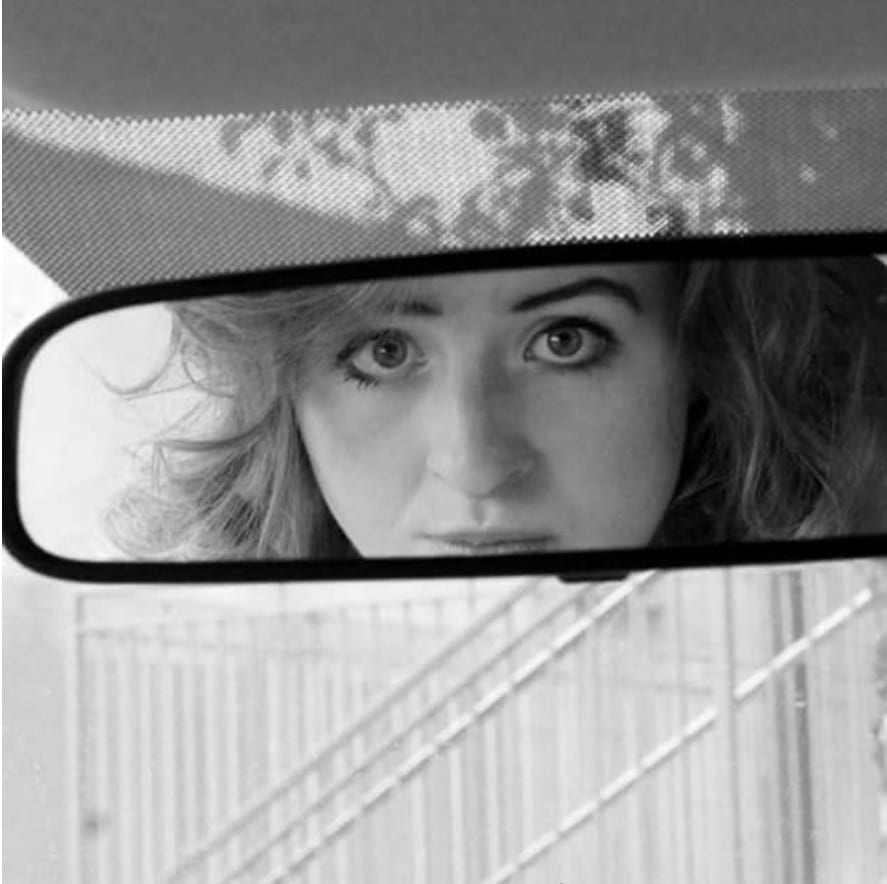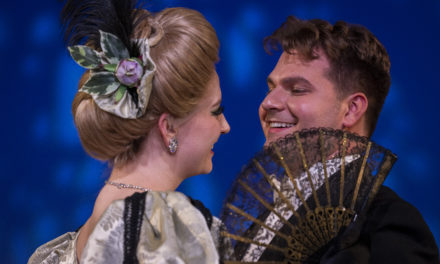OGDEN — Every once in a while, a special show steps into the light amid a sea of Disney-inspired, family friendly fare and takes you by the heart and won’t let go. A Chorus Line, produced by the Ziegfeld Theater Company in Ogden, Utah, is a great example of a show with tremendous heart that transcends a few missteps and leaves the audience cheering.

Show closes June 29, 2019.
This work does not get on its feet very often, especially along the Wasatch front, and The Ziegfeld deserves props and applause for taking on a challenging project. Conceived and originally directed and choreographed by Michael Bennett, with the book by James Kirkwood Jr. and Nicholas Dante, music by Marvin Hamlisch, and lyrics by Edward Kleban, the story follows a group of Broadway hoofers in the last phase of a dance audition for the chorus of a new Broadway show. Anyone who has ever lived through the nerve-wracking experience of callbacks, when the hopefuls squeak through cut after cut to the final call, will sympathize with these poor, eager dancers.
Set in 1975, the costumes and lingo sometimes feel dated, but the story and motivations are the same as they are today: a story about theatre gypsies who make tremendous sacrifices and difficult choices to do the thing they love the most—perform onstage in a live theatre. Each of these characters’ stories is magnetic and grabs attention from the very beginning. The opening sequence is strong and humorous and establishes characters right from the start. Stand-outs from the opener are Sheila (Cate Conroy), Mark (Max Carter), and Diana (Erica Choffel). The dance numbers, credited to McKenna Ward, look like a combination of original Bennett choreography and some newer additions. The dances are strong and exciting, and understandably challenging. The actors work hard to dance their guts out the entire performance.
Direction by Amber Hansen is solid and engaging. The job of the chorus line in any musical is to back up the lead, to create the foil for the stand-out “star.” As such, the chorus works hard to be the same as everyone else, to match move for move, and to blend completely. The fascinating aspect of this show is that the story allows the viewer to come to understand that every one of those ‘identical’ dancers is a living breathing individual with a riveting story about how they got to this place at this time. The characters’ stories unfold bit by bit, sometimes eagerly, sometimes with great reticence. Chorus members, after all, are not used to sharing their personal stories. Yet, as I got to know each dancer, I rooted for them in different ways beyond just who is the best performer. In the end, it is too easy to be heartbroken that the director cannot choose everyone.

Aimee Pike as Cassie.
Hansen makes an interesting choice to have Zach (David Knowles), the director of the show for which the characters are auditioning, onstage from the first moment of audition. Often this character is embodied solely by a voice from the darkness at the back of the house for the majority of the performance, emerging only when a dancer gets injured and needs medical attention. Having seen it played both ways, I prefer not meeting Zach until later in the process, making his “reveal” a more important moment for those onstage, although I can understand why Hansen chose differently. Sometimes the choice works well, establishing that his as the voice to heed, but sometimes it misfires, i.e. in Cassie’s passionate solo, “The Music and the Mirror,” performed by Aimee Pike. Zach feels awkward at the edge of the stage during this number, almost as if he isn’t sure what to do with himself while self-consciously watching Cassie. But for the most part, Knowles is a strong, demanding, and caring Zach.
There were several other stand outs in this show. Pike is a strong singer and dancer, but her portrayal of Cassie verges on bitter anger right from the get go, giving her character arc less range than it might have had. However, Pike does a great job showing how hard it is for Cassie to pull back into a nameless, faceless chorus member after having featured roles and to prove that she belongs in the line with the others, despite Zach’s objections. Another standout performance is Mejai Perry as Paul, whose monologue about coming out as homosexual to his parents is emotional, riveting, not manipulative, and had me completely engrossed in the moment. Cat Umano’s rendition of, “Dance, Ten, Looks, Three,” is hilarious, naughty, shocking, and fun. She absolutely nails that number.
The technical elements of the production are suited to the production. The location is an empty Broadway theater, looking very utilitarian and serviceable. The lighting design is minimal, and combined with the lack of elaborate set, creates an almost Brechtian atmosphere. The sound design is a little rough, as might be expected on opening night, with a little delay when microphones aren’t turned on in time, or feedback in some numbers. “Hello 12, Hello 13, Hello Love” is delightfully staged, with the cast moving in and out of formations to share their experiences, but most of the one liners cannot be heard over the full cast singing, which is frustrating. Costume, hair and make-up design by Lindsay Kapetanov is appropriately 1970s and delightfully vintage now, as opposed to just weirdly outdated. Each costume showcases a bit about the character as well, which contributes to the success of the production.
As Bennett is quoted as saying, “This show is dedicated to anyone who has ever danced in a chorus or marched in step… anywhere.” A Chorus Line is truly a love letter to theatre—to dancers, to dreamers, to performers of every level and ability. Catch it before it’s gone, because who knows when it will come around again.





